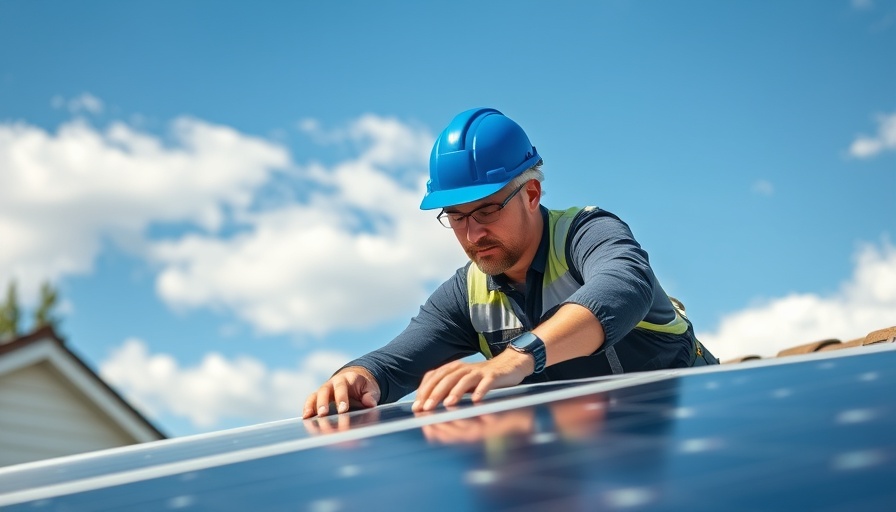
Rising Incentives for Home Fortification: What You Need to Know
With the increasing frequency of natural disasters, homeowners across South Carolina are likely considering measures to protect their properties. In response, a growing number of insurance companies are stepping in to help by offering incentives for homeowners to fortify their homes against natural disasters such as floods, hurricanes, and wildfires.
This trend is about more than just lowering premiums; it is a proactive approach to risk reduction. By fortifying your home, you’re not only reducing the likelihood of significant property damage but also enhancing your safety. As you navigate the world of insurance, it’s essential to understand how these programs work and what potential catches may exist.
How Home Fortification Incentives Work
Home fortification incentives typically involve programs that reward homeowners for implementing upgrades that lessen the risk of property damage during disasters. These programs can come from various sources, including local governments or insurance companies.
For instance, if a homeowner creates a fire break around their property, they significantly reduce their risk of fire damage, which may lead insurers to lower their premiums. Here’s how the process generally unfolds:
- The insurer announces a home fortification incentive program, possibly funded by local authorities.
- Homeowners assess their eligibility and submit an application.
- After approval, contractors install the fortification systems according to established standards.
- The insurer verifies the installation. Homeowners then receive financial incentives, such as grants or reduced premiums.
Common Programs Designed to Fortify Homes
Today, several noteworthy home fortification programs can potentially benefit South Carolinians:
- FORTIFIED Homes Program: Launched by the Insurance Institute for Business & Home Safety (IBHS), this program provides homeowners with a voluntary certification aimed at strengthening roofs against severe weather conditions, thus minimizing damage.
- North Carolina Insurance Underwriting Association's FORTIFIED Roof Program: Though based in North Carolina, this program may inspire similar initiatives in South Carolina. It offers grants between $6,000 and $10,000 to help homeowners fortify their roofs, alongside potential savings on insurance premiums.
- Local Government Programs: Various municipalities in South Carolina may also have grants or funds available for homeowners who invest in fortification, emphasizing community resilience during catastrophes.
What’s the Catch?
Before diving into fortification projects, it’s important to consider potential drawbacks. While these incentives can lead to significant savings and enhanced protection, homeowners must be cautious and informed:
- Eligibility Restrictions: Some programs may have strict eligibility requirements or limited funding, meaning not all applicants will receive grants.
- Installation Quality: Not all contractors are created equal, and improper installations can negate the benefits of fortifications. Always verify contractor qualifications and references.
- Cost vs. Benefit: While many programs offer financial incentives, the upfront cost of renovations can still be substantial. Assess your budget and weigh the potential savings against initial expenses.
Conclusion: Take Action to Protect Your Home
If you haven’t yet considered home fortification, now might be the time. The potential to lower your premiums while making your home safer is appealing. Reach out to your insurance provider for information about available incentive programs in your area and get started. Remember, fortifying your home not only offers financial relief but also ensures greater peace of mind in the face of nature's unpredictability.
 Add Row
Add Row  Add
Add 




Write A Comment